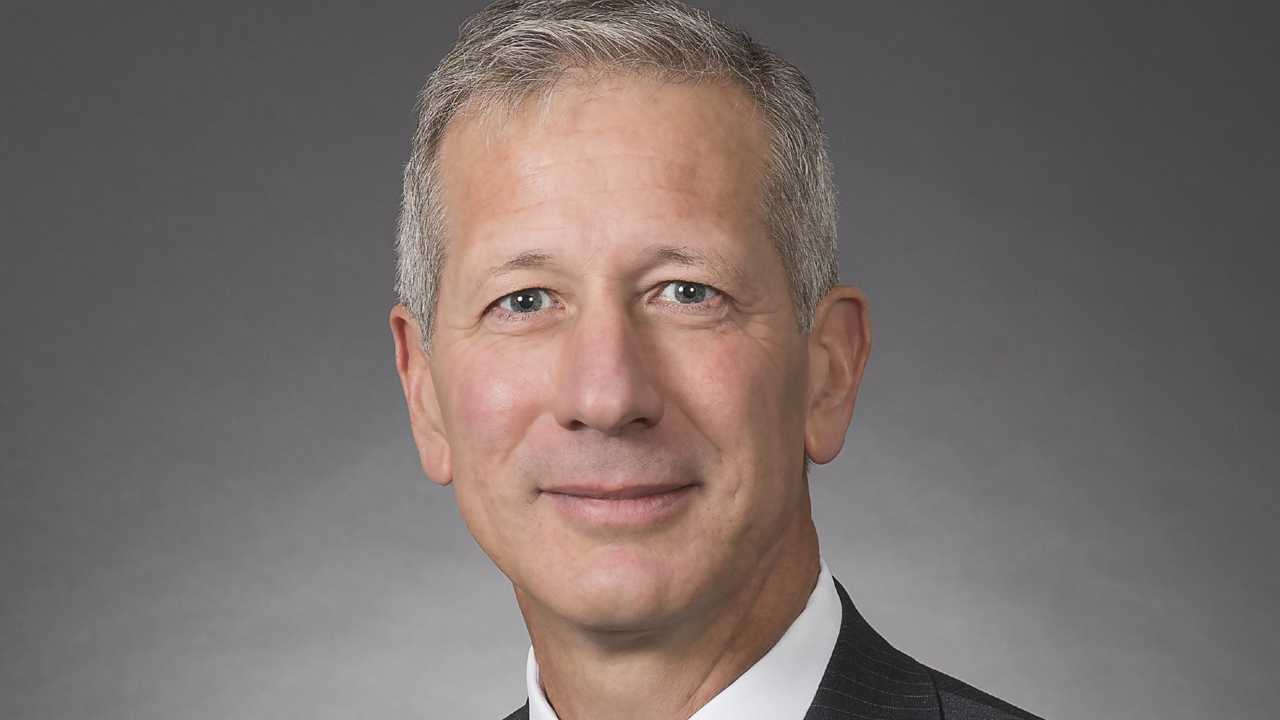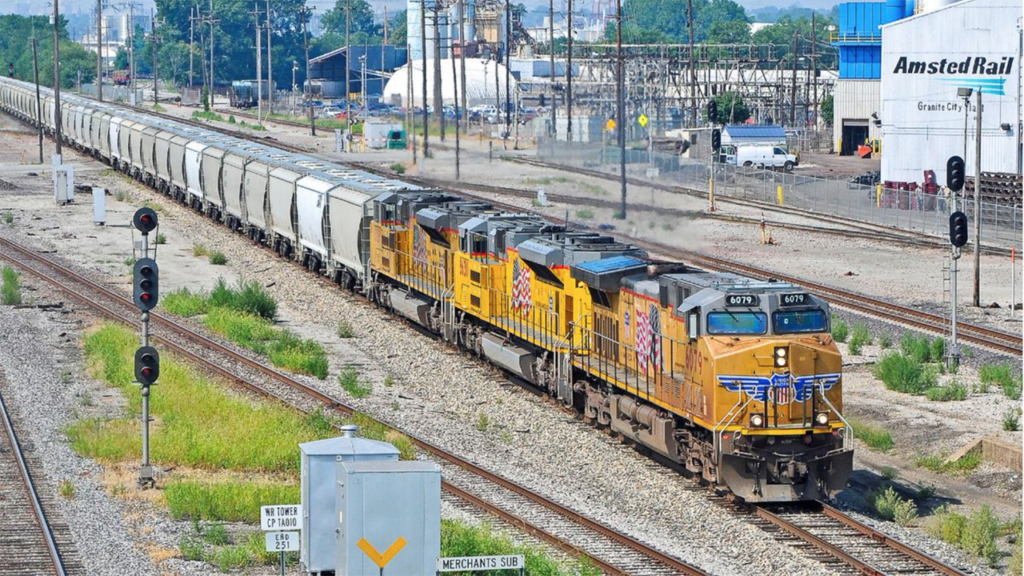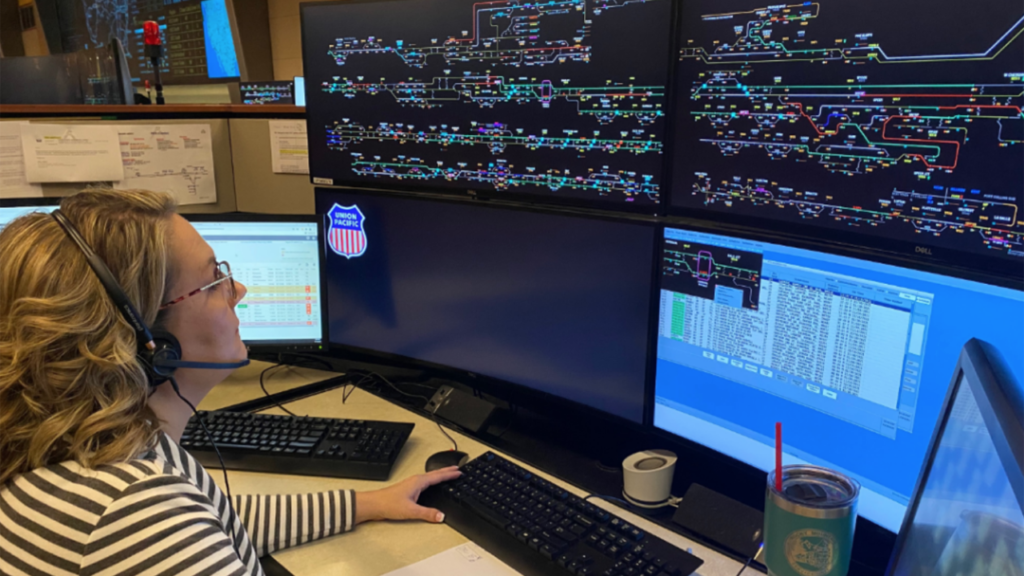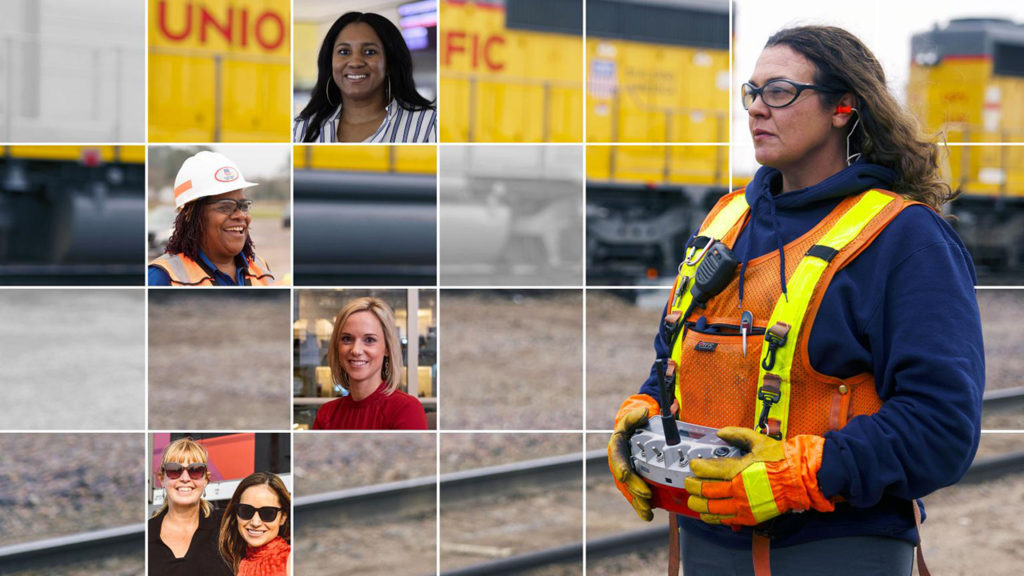
CEO PERSPECTIVE: Solving Customer Problems at the Heart of Innovation
Written by Lance Fritz, Chairman, President and CEO, Union Pacific
Lance Fritz, Chairman, President and CEO, Union Pacific
As part of a special series in Railway Age’s March 2022 issue, 11 North American railroad CEOs address what must be done to grow and gain market share from competing freight transportation modes. Here, Lance Fritz, Chairman, President and CEO of Union Pacific, shares his perspective in this 7th edition of the series.
To grow the top line and gain market share, North American railroads—and all companies for that matter—must recognize and maintain a laser focus on what their customers value most. We’re doing this by exploring every stage of our customers’ journey with us—from onboarding, through nurturing our current customers to growing their business with us.
For Union Pacific (UP), that means providing safe, efficient, reliable service that consistently meets our customers’ requirements. This starts with understanding how our customers measure their success and ensuring our success metrics are in alignment with theirs.

Strong customer success metrics give us greater line-of-sight to how customers are ranking and rating our performance against their other modes of transportation. Over the past several months, we have interviewed customers and re-examined their journey and experiences with us to better understand their behavior beyond what they might only articulate in a survey.
To take this further, to ensure a more seamless customer experience through processes and tools, our tech team is shadowing customers to better understand how they interact with our teams and systems. As we watch their behavior, we can uncover where there may be an easier way to accomplish a task, and we can quickly adjust on the tech side of our business to make it easier to complete a task. Often, we can identify a problem and a solution that the customer didn’t even realize we could fix. That is true value creation.
We’re also creating digital experience metrics for electronic touchpoints, measuring all the processes or clicks that a customer must follow to do business with us. By measuring these, we can prioritize improvements in the areas that make the biggest difference to the customer.

Technology and innovation are at the heart of all of these efforts and will play a central role in allowing railroads to keep up and eclipse the competition. At UP, our cutting-edge microservices architecture allows us to deliver APIs for seamless customer and supply chain integration. UP’s daily API volume of 5.7 billion calls has increased by 233% in the past two years and will grow even more as we connect with more customers and partners across our ecosystem.
As part of our ongoing examination of our customer experience, we’ve redesigned our onboarding with automation to reduce time; we’ve integrated systems to eliminate duplicate data entry, and improved interfaces and notifications to increase visibility. For customers, that means less waiting and more visibility to start shipping sooner.
Once on board, we need to make it easier for customers to do business with us by proactively communicating and improving the ways they interact with us. At UP, our Shipment Management tool is a one-stop-shop that allows customers to look at and manage their shipments. This application serves each of our business lines—Intermodal, Manifest, and Unit Train—and short line partners in a unique way, matching their specific needs.
Solving a customer problem is at the heart of innovation. As in industry, we must build our understanding of the customer at each interaction, and from there, work to make the customer’s job easier.

But in addition to technology, to remain the competitive choice, railroads must continue to lead the transportation industry in ESG efforts and play a role in our nation’s climate solution. Our advantage over trucks is well documented—moving freight by train instead of truck in the U.S. reduces greenhouse gas emissions by up to 75%. The benefit to our customers—and our communities—is obvious. Last year alone, UP helped customers eliminate 22.9 million metric tons of greenhouse gas emissions by using rail instead of truck.
The risk of not engaging in ESG is increased costs, loss of business, and ultimately the real threat of reregulation. The advantages of all of us collaboratively developing effective, scalable climate solutions is a better world for our generation and generations to come.
Read more of Railway Age’s special CEO Perspectives series:
• Katie Farmer, BNSF: Sustain a Growth Mindset
• Keith Creel, Canadian Pacific: Supply Chain, Market Reach and Sustainability
• JJ Ruest, CN: Railroads Must Lean Into Their Natural Strengths
• Jim Foote, CSX: Performance, Sustainability, Innovation Are Keys to Growing Market Share
• Pat Ottensmeyer, Kansas City Southern: Competing on a Global Scale
• Alan Shaw, Norfolk Southern: A Simple, Powerful Recipe for Growth
• Peter Gilbertson, Anacostia Rail Holdings: Growing With People
• Dan Smith, Watco: Stay Close to Your Customer
• Ian Jefferies, Association of American Railroads: A Growing Rail Industry Needs Policy Sanity
• Chuck Baker, American Short Line and Regional Railroad Association: Four Parallel Paths to Growth



